Understanding Transistor Electronics: From Basics to Applications
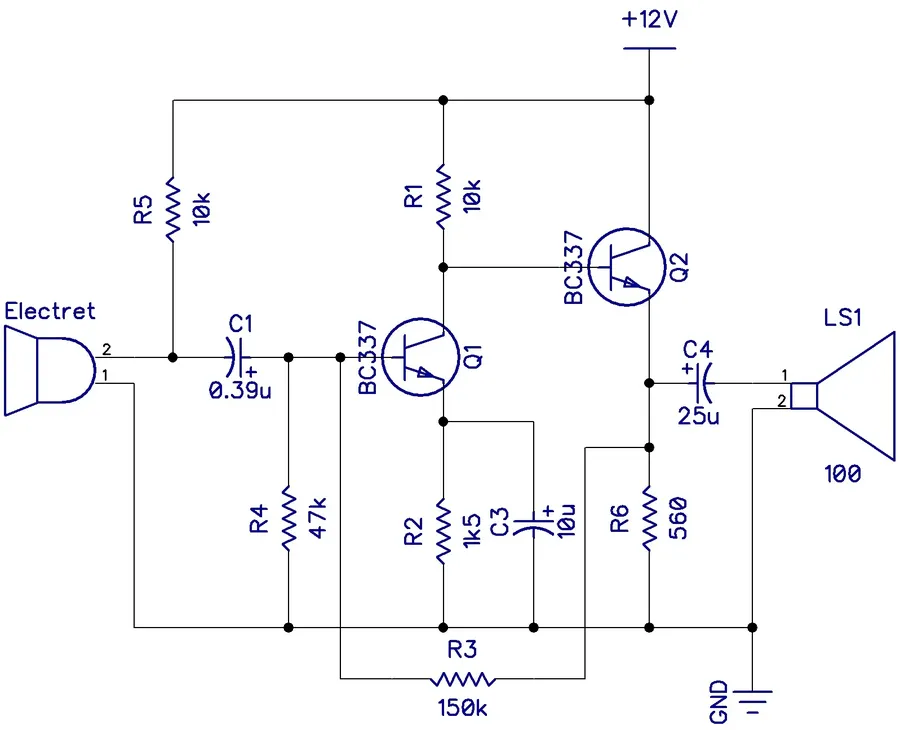
In our modern digital age, transistor electronics is the unsung hero, the invisible force behind almost every electronic device we use. From smartphones to supercomputers, these tiny semiconductor devices are the building blocks of our technological world. This article aims to demystify transistor electronics, delving into their core principles, diverse functionalities, and crucial applications in our daily lives and beyond. By understanding these foundational components, we can better appreciate how technology shapes our society.
What is a Transistor? The Core of Modern Electronics

A transistor is a fundamental semiconductor device that serves as the cornerstone of modern electronics. Functioning primarily as an amplifier or a switch, it manipulates electronic signals by controlling the flow of current between its terminals. This control is achieved through the application of a small input signal, which can dramatically amplify or abruptly switch the output signal. The material composition of transistors involves specially treated semiconductors, namely N-type and P-type, which introduce specific electrical characteristics.
N-type semiconductors are created by doping a pure semiconductor material, such as silicon, with impurities that have extra electrons. These additional electrons are free to move, thereby increasing the conductivity. P-type semiconductors, on the other hand, are doped with impurities that create 'holes,' which are effectively positive charge carriers. These holes contribute to electrical conductivity by facilitating the movement of electrons between atoms. The strategic combination and layering of N-type and P-type materials within a transistor are what enable its unique amplifying and switching capabilities.
The Functionality of Transistors: Amplification and Switching
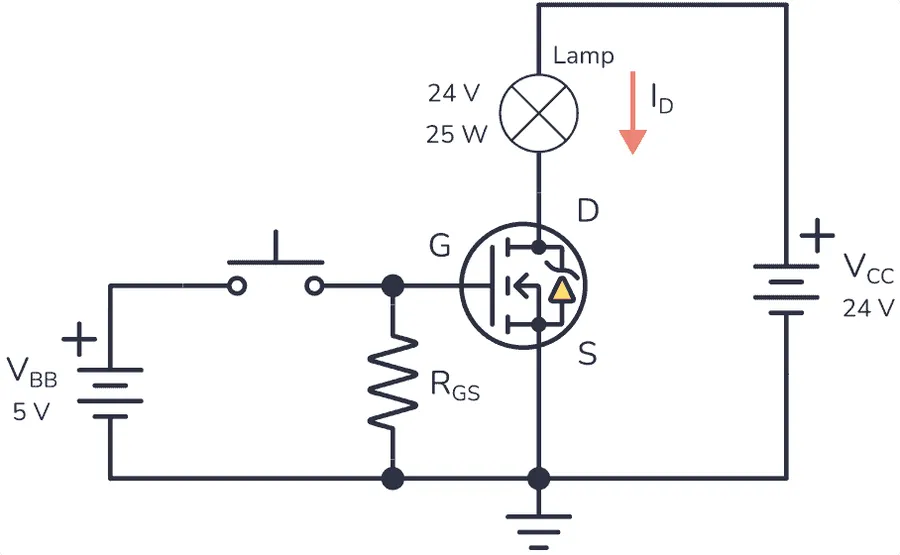
Transistors are fundamental building blocks of modern electronics, primarily functioning in two critical modes: amplification and switching. Amplification allows transistors to boost weak electronic signals, while switching enables them to control the flow of current, effectively acting as electronic on/off switches. These dual capabilities are at the heart of virtually all electronic devices.
These functions are not mutually exclusive; a transistor can be used in a circuit that exploits both amplification and switching simultaneously, although generally one function will be prioritized.
Below are explanations of each functionality:
- Amplification
In amplification mode, a transistor takes a small input signal (voltage or current) and produces a larger, amplified output signal. This property is crucial in circuits where signals need to be made stronger, such as in audio amplifiers or radio receivers. The transistor’s gain determines how much the input signal is amplified; for example, with a gain of 100, a 1 mV input will become a 100 mV output. The transistor achieves this through a delicate balance of currents flowing through its terminals. - Switching
In switching mode, the transistor acts as an electronic switch, controlling the flow of current in a circuit. A small input signal or change in voltage at a transistor's control terminal (base for BJT or gate for FET) can dramatically alter the current flow between its other two terminals (collector/emitter for BJTs, or source/drain for FETs). This on/off capability is the foundation of digital electronics, enabling logic gates to perform calculations, store data in memory, and control a wide range of electronic functions. The speed and efficiency of transistor switching are critical to the performance of computer processors, memory chips, and communication circuits.
Examples of transistor functions in real-world devices include the use of amplification in audio amplifiers in headphones and speakers to amplify very weak signals so they become audible to a human. Switching operations can be found in digital logic circuits of mobile phones, computers, etc. where transistors are used as fast electronic switches controlling logic gates that perform calculations.
Types of Transistors: Bipolar Junction (BJT) vs Field-Effect (FET)
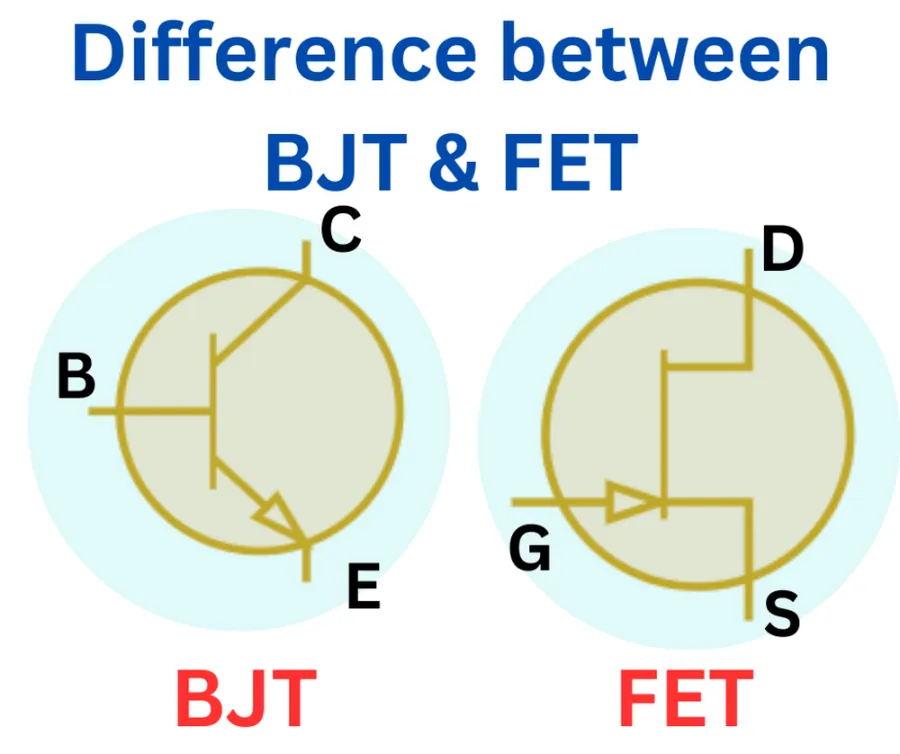
Transistors, the fundamental building blocks of modern electronics, are broadly classified into two primary categories: Bipolar Junction Transistors (BJTs) and Field-Effect Transistors (FETs). These two types differ significantly in their structure, operation, and how they control the flow of electrical current, making each suitable for different applications.
| Feature | Bipolar Junction Transistor (BJT) | Field-Effect Transistor (FET) |
|---|---|---|
| Control Mechanism | Current-controlled (current at the base controls current between collector and emitter) | Voltage-controlled (voltage at the gate controls current between source and drain) |
| Current Flow | Involves both majority and minority carriers | Primarily involves majority carriers |
| Input Impedance | Low | High |
| Gain | High current gain | High voltage gain |
| Structure | Two PN junctions (NPN or PNP) | A gate, source and drain |
| Temperature Sensitivity | More sensitive to temperature variations | Less sensitive to temperature variations |
Bipolar Junction Transistors (BJTs): NPN and PNP
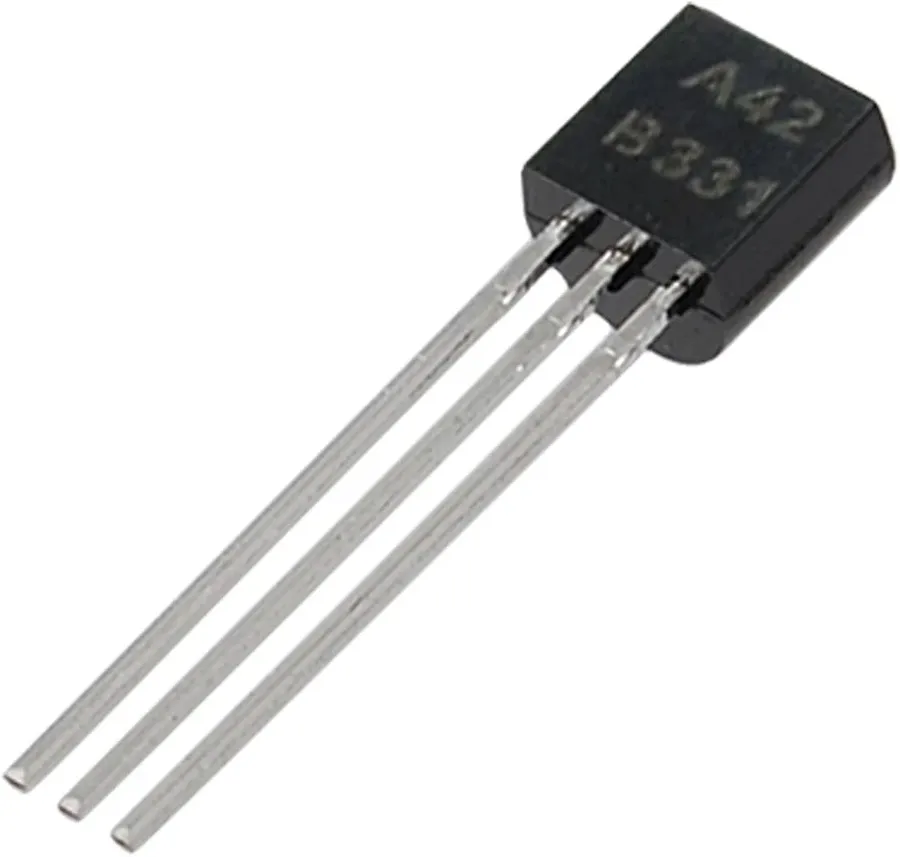
Bipolar Junction Transistors (BJTs) are a fundamental type of transistor characterized by the use of both electrons and holes as charge carriers. They come in two primary configurations: NPN and PNP, each with distinct structural and operational characteristics that determine their application in electronic circuits. Understanding these differences is crucial for effective circuit design.
| Feature | NPN Transistor | PNP Transistor |
|---|---|---|
| Structure | Two N-type semiconductor regions separated by a P-type region. | Two P-type semiconductor regions separated by an N-type region. |
| Polarity of Operation | Current flows from collector to emitter when a positive voltage is applied to the base. | Current flows from emitter to collector when a negative voltage is applied to the base. |
| Current Direction | Conventional current flow is from collector to emitter. | Conventional current flow is from emitter to collector. |
| Majority Charge Carriers | Electrons are the majority carriers. | Holes are the majority carriers. |
| Biasing Conditions | Base-emitter junction is forward biased, and base-collector junction is reverse biased for normal operation. | Base-emitter junction is forward biased (negative base voltage), and base-collector junction is reverse biased for normal operation. |
In an NPN transistor, a small current flowing into the base terminal allows a larger current to flow from the collector to the emitter. Conversely, in a PNP transistor, a small current flowing out of the base terminal allows a larger current to flow from the emitter to the collector. These fundamental differences in current flow direction and biasing requirements dictate their specific uses in various circuit designs.
Field-Effect Transistors (FETs): MOSFETs and JFETs
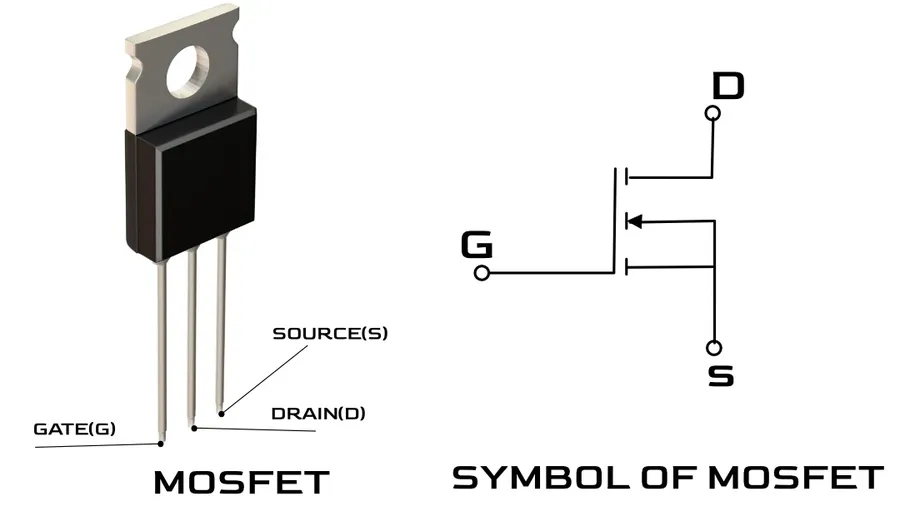
Field-Effect Transistors (FETs) are a cornerstone of modern electronics, offering unique advantages over Bipolar Junction Transistors (BJTs) by controlling current flow through an electric field. This characteristic allows FETs to exhibit high input impedance and are typically more energy-efficient compared to BJTs. FETs are primarily classified into two major categories: Metal-Oxide-Semiconductor FETs (MOSFETs) and Junction FETs (JFETs), each with distinct operational characteristics and applications.
| Feature | MOSFET | JFET |
|---|---|---|
| Control Mechanism | Electric field applied to gate through an insulator (oxide layer) | Electric field at reverse-biased PN junction |
| Input Impedance | Very high | High |
| Gate Insulation | Insulated gate | Not insulated gate |
| Channel | Can be enhanced (normally off) or depleted (normally on) | Typically depleted (normally on) |
| Operation Modes | Enhancement Mode and Depletion Mode | Depletion Mode |
| Temperature Stability | Generally less temperature sensitive | More temperature sensitive |
| Applications | Widely used in digital circuits, memory, microprocessors | Used in high-impedance applications, analog switches, low-noise amplifiers |
| Construction | Metal-Oxide-Semiconductor structure | PN junction forms the gate |
MOSFETs, owing to their insulated gate, boast extremely high input impedance, making them suitable for numerous applications, particularly in digital circuits where minimizing power loss is crucial. They are available in both enhancement mode, where the channel is created by applying a gate voltage, and depletion mode, where the channel is already present but can be reduced. JFETs, on the other hand, control current through the depletion region of a reverse-biased PN junction, offering high impedance but being more sensitive to temperature variations compared to MOSFETs.
The choice between MOSFETs and JFETs is dependent on specific requirements of the application. MOSFETs dominate digital logic design due to their superior switching capabilities and low power consumption, while JFETs are utilized in niche applications like high-impedance sensors and low-noise amplifiers where their simpler structure and high input impedance are beneficial.
Transistor Applications: Where Are They Used?
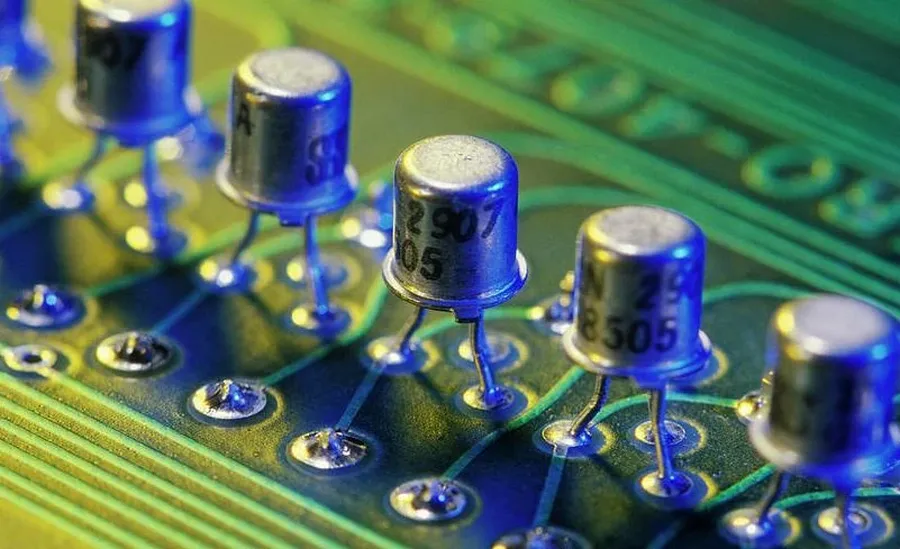
Transistors are ubiquitous in modern electronics, serving as the fundamental building blocks for a vast array of devices and systems. Their ability to amplify and switch electronic signals makes them indispensable in applications ranging from the simplest circuits to the most complex computational machinery. This section explores the diverse landscape of transistor applications, highlighting their critical role in shaping the technological world.
- Amplifiers
Transistors are essential for amplifying weak signals. They are found in audio amplifiers, radio frequency amplifiers, and operational amplifiers (op-amps) used in a wide range of applications. For example, an audio amplifier uses transistors to increase the power of a microphone signal so it can drive a speaker. - Switches
Transistors act as electronic switches, turning current flow on or off in response to control signals. This capability is crucial in digital circuits, including logic gates (AND, OR, NOT), flip-flops, and microprocessors. The core of a computer uses transistors as switches to perform logical operations. - Digital Circuits
The fundamental components of digital electronics, such as microprocessors, memory chips, and digital signal processors (DSPs), rely extensively on transistors for switching and storing digital information. These circuits process data represented by binary digits (0s and 1s). - Memory Components
Transistors are the basis for semiconductor memory, including DRAM (Dynamic Random Access Memory) and Flash memory (used in USB drives and SSDs). In DRAM, transistors act as switches to write and read data stored as electrical charges, while in flash memory, transistors are used as floating gate devices to hold data for extended periods, even when power is removed. - Power Electronics
Transistors are used in power electronic circuits for efficient power conversion and control. Examples include inverters, DC-DC converters, and motor drives. Power transistors manage large amounts of power for industrial systems and consumer electronics. - Communication Systems
Transistors are at the heart of communication systems, enabling signal transmission and reception in radios, televisions, cellular networks, and satellite systems. Transistors amplify and switch signals that carry voice, data, and video in communication devices. - Sensor Interfacing
Transistors are employed in interfacing electronic sensors with microcontrollers and other data processing units. The sensor may produce small signals, and transistors act as pre-amplifiers and enable the detection and measurement of physical and chemical parameters.
Transistor Electronics: The Impact and Future
The advent of the transistor marked a pivotal moment in the history of electronics, revolutionizing the field by supplanting bulky, inefficient vacuum tubes with compact, highly effective semiconductor devices. This transition not only led to a dramatic reduction in the size and power consumption of electronic devices but also paved the way for the development of modern integrated circuits, forming the bedrock of today's information technology.
The impact of the transistor extends far beyond mere miniaturization. It has enabled the creation of complex computational devices and has revolutionized various industries. Looking ahead, research and development are focused on creating more efficient, smaller, and faster transistors. These include efforts on advanced materials such as graphene, exploring quantum computing concepts, and creating three-dimensional transistor architectures to increase the density of circuits, all aiming to overcome the physical limits of silicon and extend the capabilities of transistor technology.
| Feature | Vacuum Tubes | Transistors |
|---|---|---|
| Size | Large and Bulky | Small and Compact |
| Power Consumption | High | Low |
| Reliability | Lower | Higher |
| Speed | Slower | Faster |
| Lifespan | Shorter | Longer |
| Cost | Higher | Lower |
Frequently Asked Questions about Transistor Electronics
This section addresses common queries regarding transistor electronics, providing clear and concise answers to enhance understanding and resolve potential user confusion. We delve into the core functionalities, applications, and relevance of transistors in today's technology.
- What is the fundamental function of a transistor?
A transistor fundamentally functions as an electronic switch and amplifier. As a switch, it controls the flow of electrical current, either allowing it to pass or blocking it. As an amplifier, it boosts the power or voltage of a signal, making it stronger. This dual functionality is essential to its role in modern electronics. - What are the primary applications of transistors?
Transistors are vital components in almost all modern electronic devices. They're used extensively in amplifiers to increase signal strength in audio and communication systems, in switching circuits within digital devices, and in the core logic and memory units of computers. Their versatility enables the functionality of everyday devices such as smartphones, computers, and various control systems. - Are transistors still a relevant technology?
Absolutely. Transistors are not only still relevant, they are the cornerstone of modern electronics. They are ubiquitous in nearly every electronic device, far surpassing the use of older technologies like vacuum tubes due to their size, reliability, efficiency, and performance. Transistor technology is continually evolving, with ongoing research focused on enhancing their capabilities and performance. - What are the three major types of transistors?
While there are several specific types, the two broad classes of transistors are Bipolar Junction Transistors (BJTs) and Field-Effect Transistors (FETs). BJTs include NPN and PNP types. FETs include Junction Field-Effect Transistors (JFETs) and Metal-Oxide-Semiconductor Field-Effect Transistors (MOSFETs). MOSFETs are the most commonly used in current semiconductor devices because of their high efficiency. - How do transistors amplify electrical signals?
Transistors amplify by controlling a larger current or voltage with a smaller input signal. In BJTs, a small base current controls a larger collector current, allowing for amplification of current. In FETs, a gate voltage controls the current flow through the channel, resulting in voltage or power amplification, this capability is crucial in audio amplifiers and radio wave receivers. - How do transistors function as electronic switches?
As electronic switches, transistors can change between two states: 'on' (allowing current flow) and 'off' (blocking current flow). In BJTs, a control signal to the base can saturate the transistor, enabling current to flow from the collector to the emitter, which is considered the 'on' state. In FETs, applying voltage to the gate opens the channel, permitting current to flow. This ability to act as a fast switch is vital in digital circuits. - What is the impact of transistor size on performance?
The size of a transistor dramatically affects its performance. Smaller transistors are more energy-efficient, switch faster, and enable more functionality to be packed into a single integrated circuit. This miniaturization, often seen in Moore's Law, is a primary driver for advancements in computing speed, mobile device technology, and other electronics fields. Reducing transistor dimensions has been a constant focus in research.
Practical Tips for Working with Transistor Electronics
Working with transistor electronics requires careful attention to safety and proper techniques to ensure reliable circuit operation and prevent damage to components. This section provides practical tips on managing heat, implementing correct biasing, and handling transistors to maintain their performance and longevity.
- Heat Management
Transistors generate heat when operating, especially at higher power levels. Always use appropriate heat sinks to dissipate excess heat, which is vital for preventing overheating and device failure. Ensure proper airflow and consider using thermal paste for better heat transfer. - Proper Biasing
Correct biasing is essential for transistors to function properly as amplifiers or switches. Incorrect biasing can lead to distortion in amplification or unpredictable switching behavior. Use datasheets to determine the correct bias voltage for your particular transistor. If the bias is not correctly applied, it can cause saturation or cut-off states, and can destroy the part. - Handling Techniques
Transistors are delicate components. Handle them with care to avoid physical damage. Use static-safe equipment, including mats and wrist straps, to protect against electrostatic discharge (ESD). Always store transistors in ESD-safe packaging, and never bend the leads excessively. - Datasheet Referencing
Always refer to the manufacturer's datasheet for the specific transistor model you are using. The datasheet provides crucial information such as maximum ratings, pin configurations, and operating characteristics. Adhere to the specified operating limits to avoid permanent damage and ensure proper functionality. - Circuit Testing
Before applying full power to your circuit, test it thoroughly at lower voltage or current levels to make sure all transistor connections are correct and the circuit is behaving as expected. Use a multimeter to check the operating voltages and currents at various points in the circuit, and ensure that the measured values are within the specified range of the component's specifications. - Soldering Precautions
When soldering transistors, minimize the amount of time that heat is applied to the leads to avoid overheating the device. Use a temperature controlled soldering iron and apply solder to the leads of the device as quickly as possible. The heat generated in the soldering process can permanently damage the internal junctions of the semiconductor device.
Transistor electronics is the cornerstone of modern technology, underpinning countless devices with their unique ability to amplify and switch electrical signals. From the simple circuits of the past to today's sophisticated microprocessors, transistors have revolutionized how we interact with the world. Understanding the fundamental concepts of transistor electronics not only provides insight into modern technology but also inspires innovation, shaping the future of our technologically driven society. The continued miniaturization and enhanced performance of transistors will undoubtedly continue to push the boundaries of what's possible in electronics.
 AnyPCBA
AnyPCBA